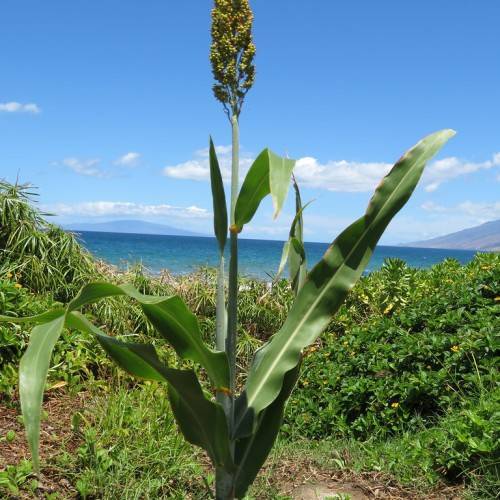
sorghum
Sorghum bicolor
Cycle:
Annual
Watering:
Average
Hardiness Zone:
2 - 11
Flowers:
Flowers
Sun:
Full sun
Leaf:
Yes
Growth Rate:
Low
Maintenance:
Low
Drought Tolerant:
Yes
Salt Tolerant:
Yes
Thorny:
Yes
Care Level:
Medium
watering
Sorghum should be watered when the top 1-2 inches of soil feels dry to the touch. Although the exact frequency of watering will depend on the climate, the size of the plant's container, and the time of year, it's a good idea to give Sorghum a deep watering once or twice a week during active growth periods (spring and summer). Water should be applied slowly and thoroughly to ensure that moisture reaches the entire root system.
sunlight
Sorghum (Sorghum bicolor) is a plant species which prefers full sunlight to partial shade in order to remain healthy. It needs at least 8-10 hours of full sun exposure per day, optimally during the mid-morning and mid-afternoon hours.
pruning
Pruning sorghum (Sorghum bicolor) is an important part of keeping it healthy and productive. The best time to prune this plant species is late winter or early spring, before new growth starts. Pruning should involve removing any dead, damaged, or diseased branches from the plant as well as any shoots that are growing too densely. The shoots should be trimmed down to 1 to 2 leaves above the internode. This will help keep the plant healthy and promote new growth. It is also important to remove any flower heads that appear, as they will draw resources away from the production of the higher-quality grain sorghum.
